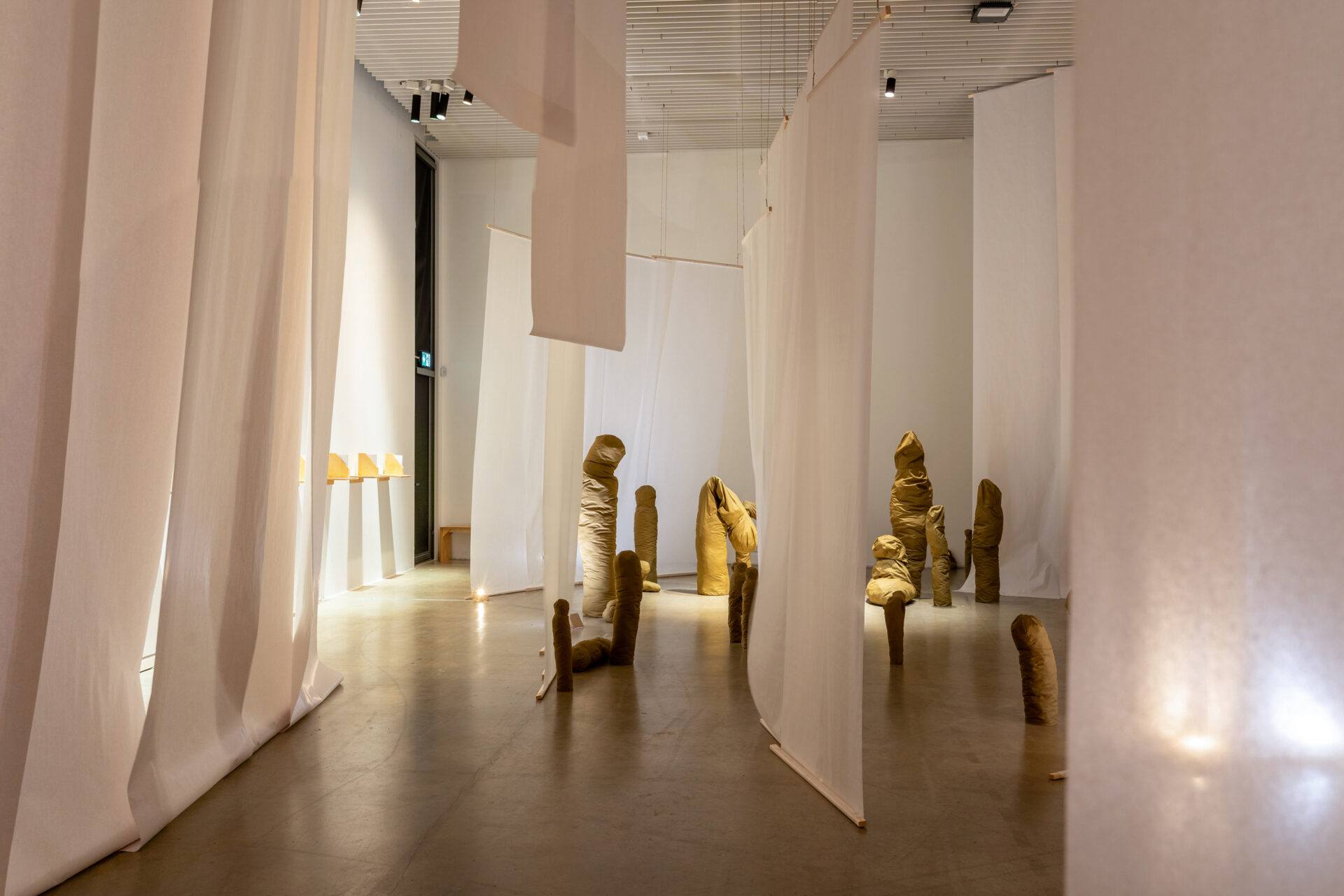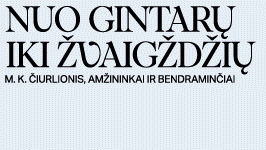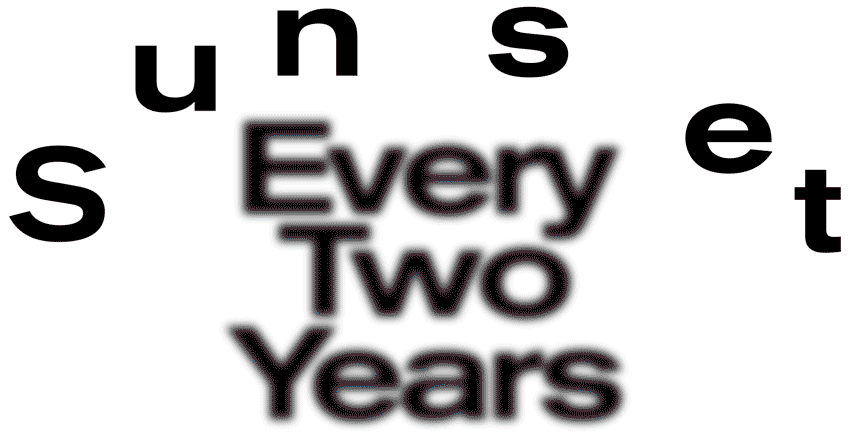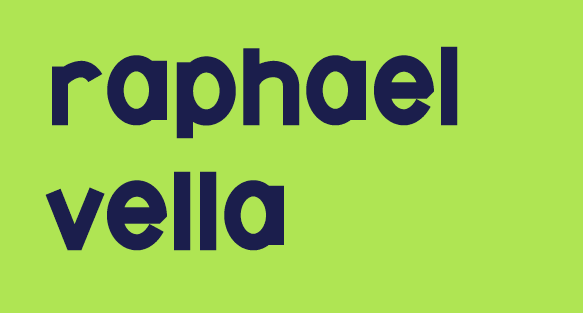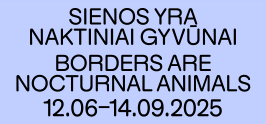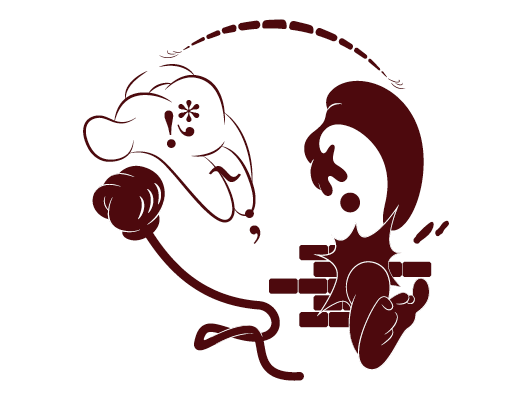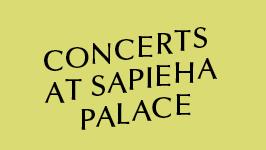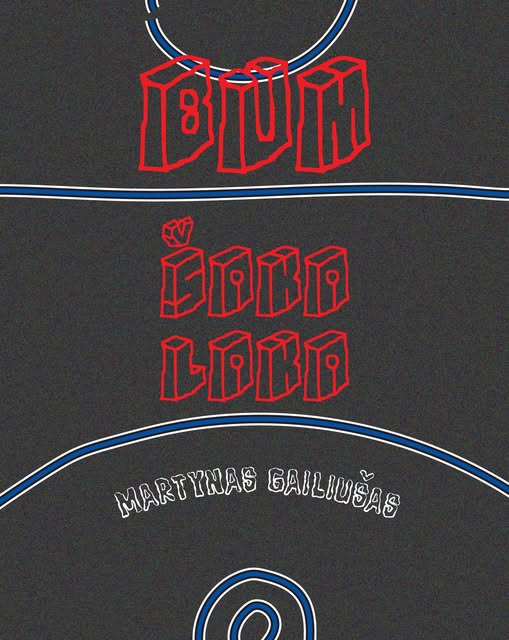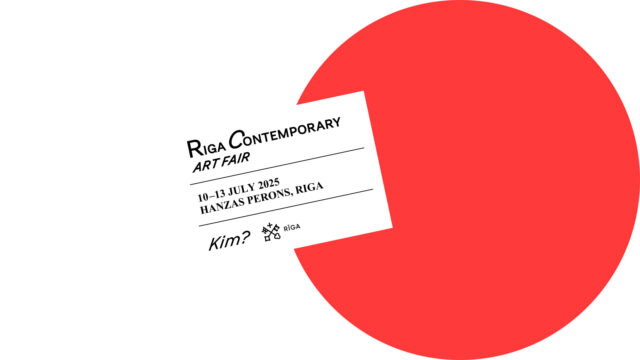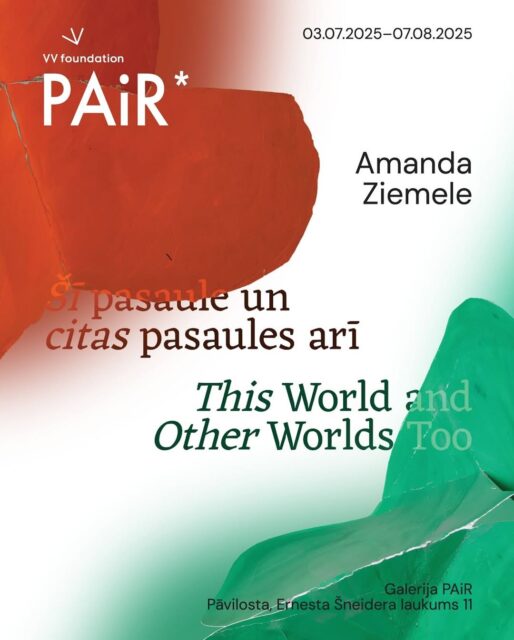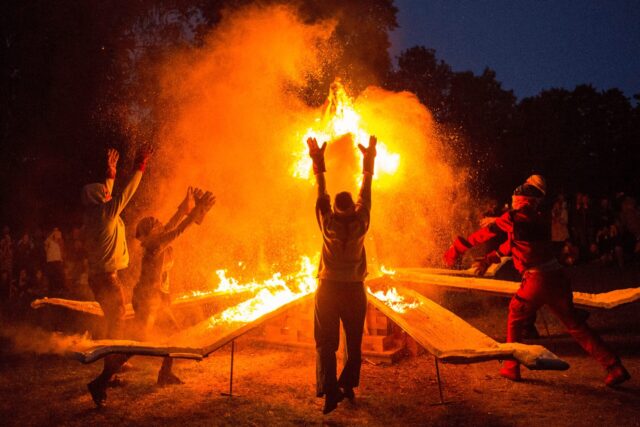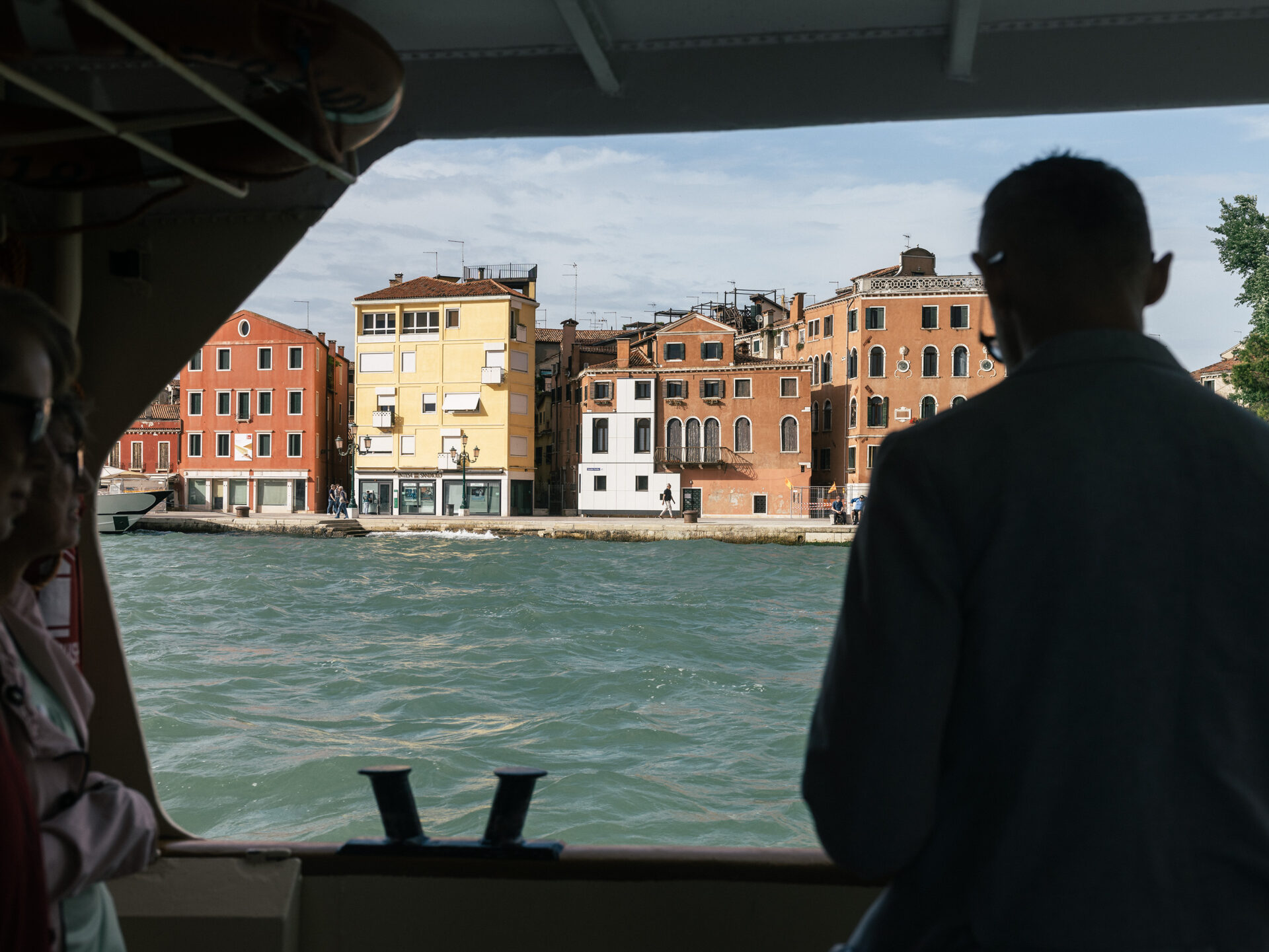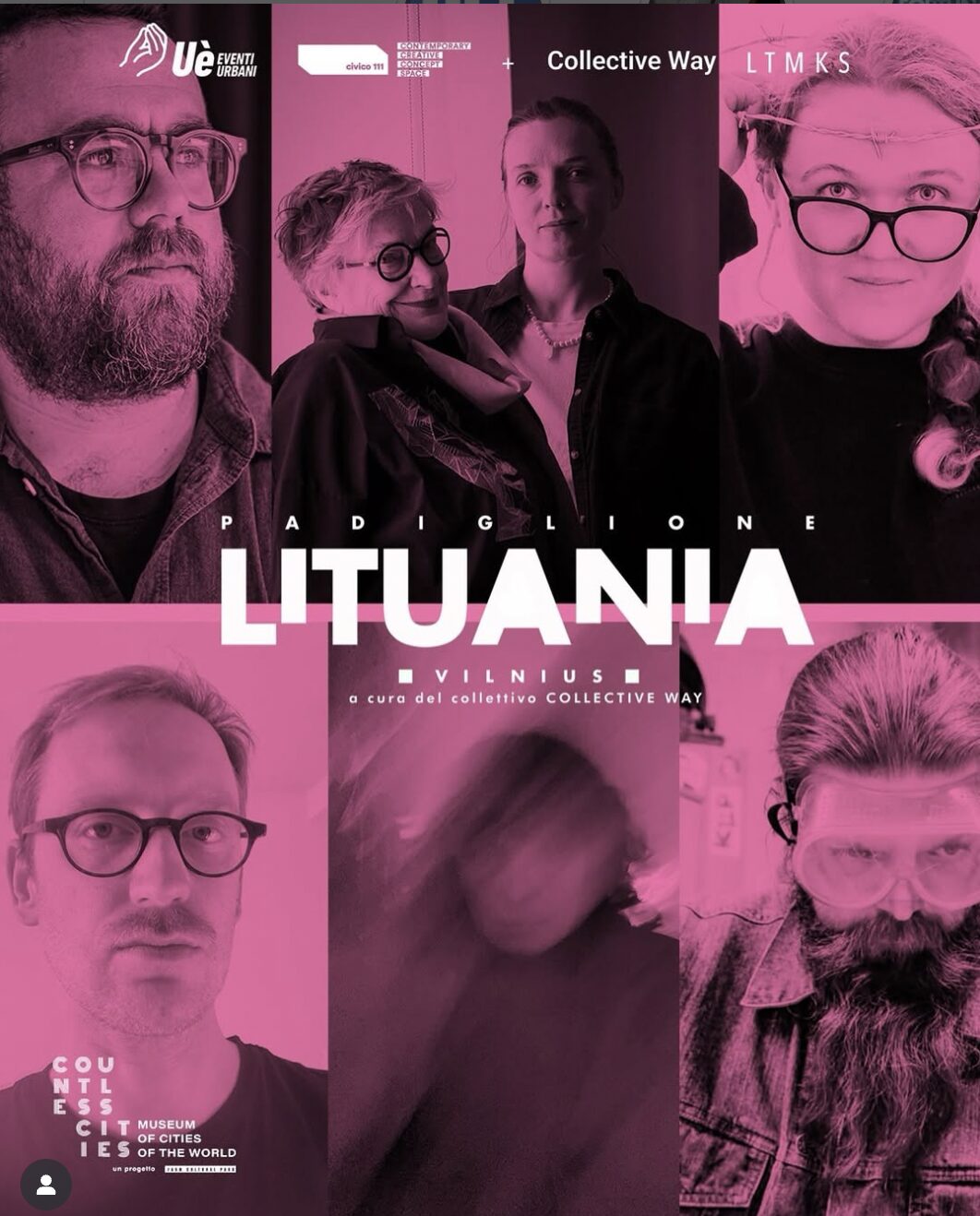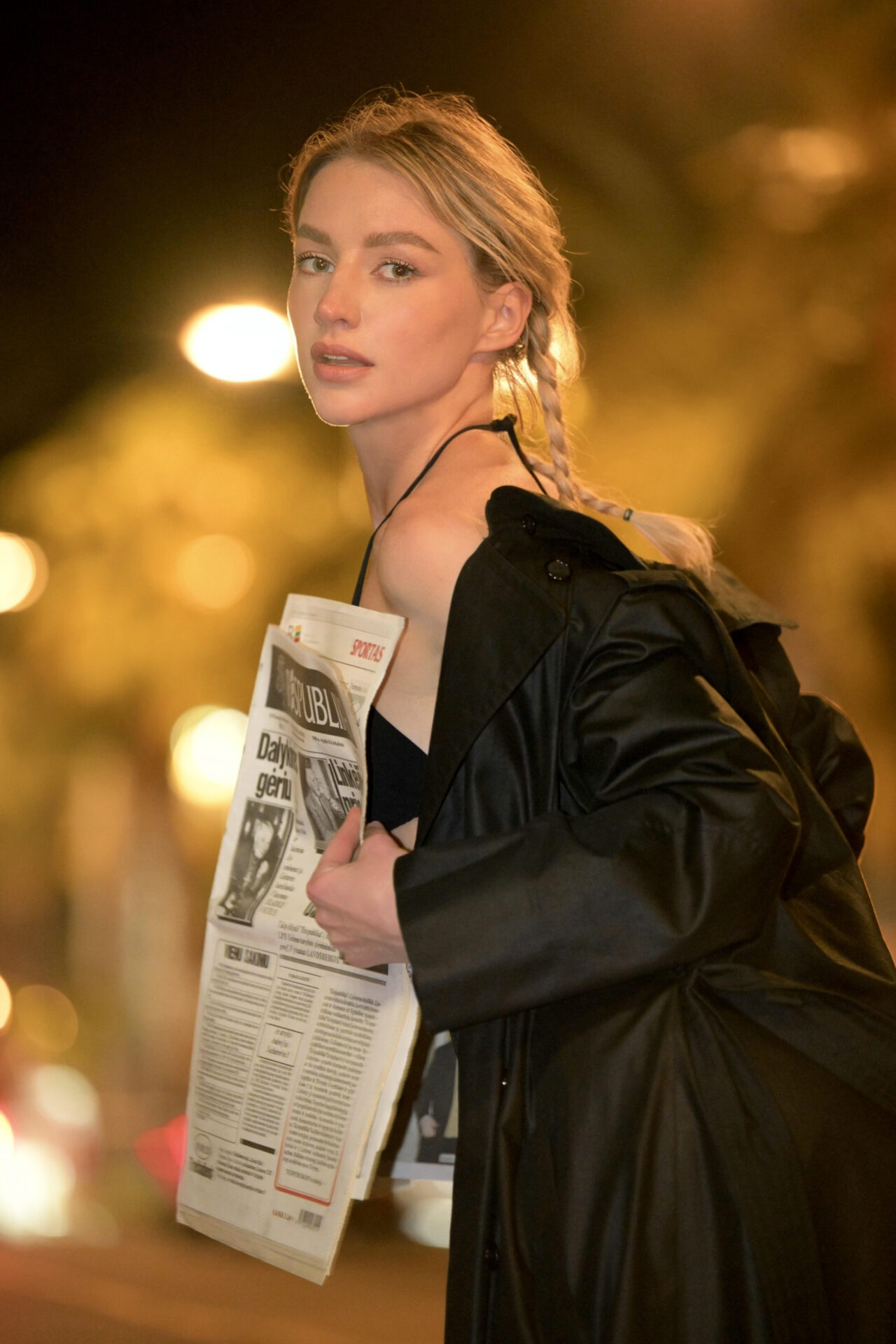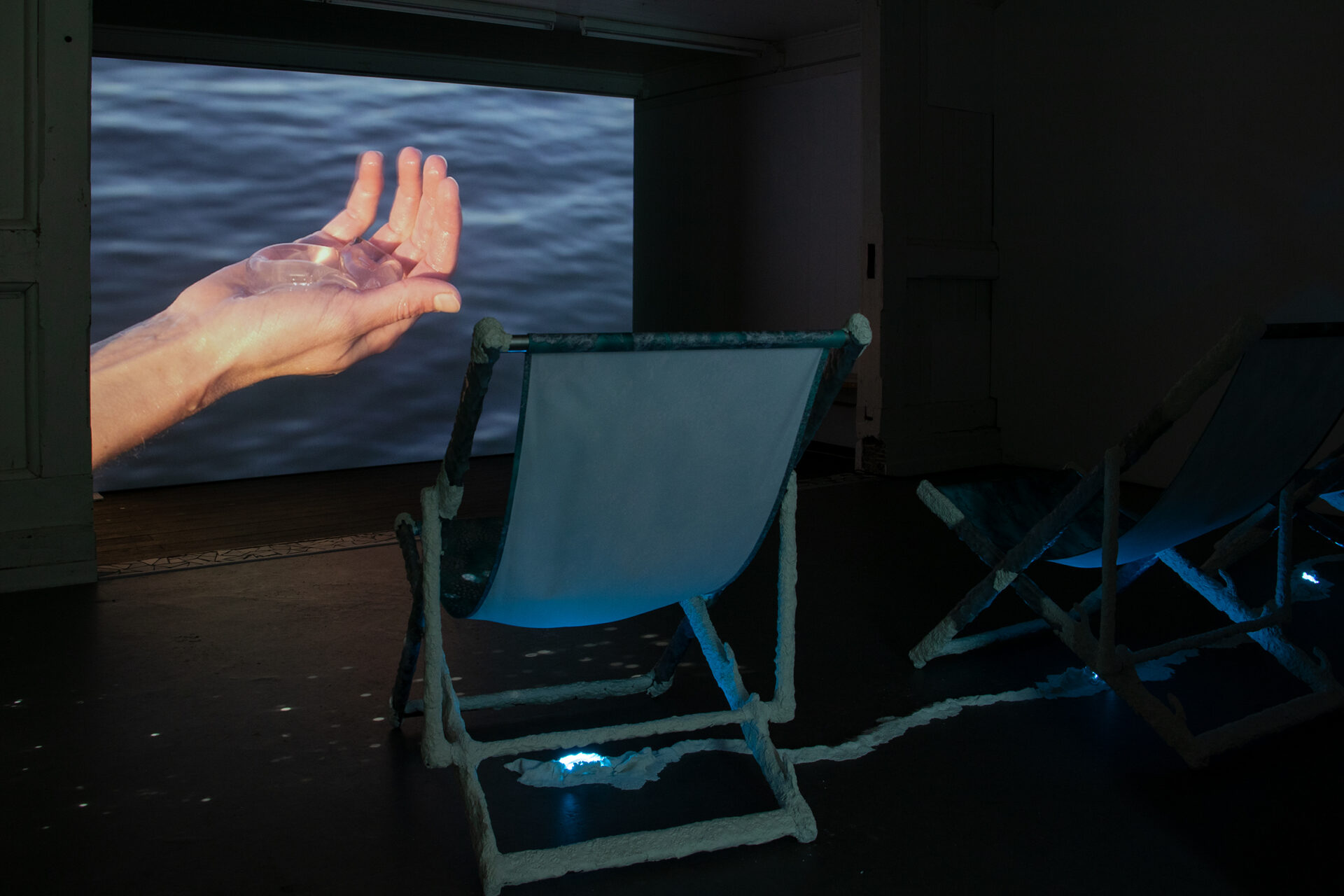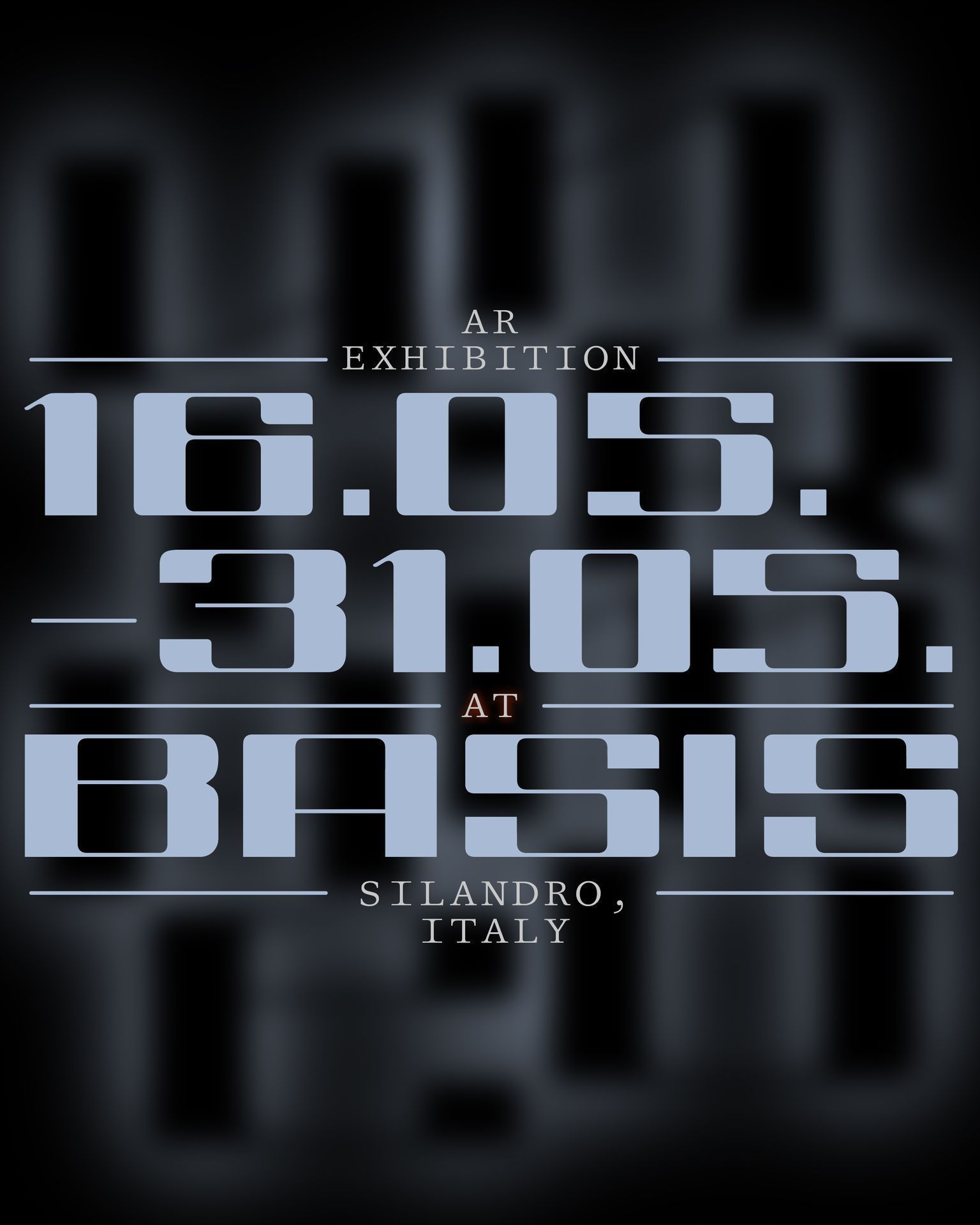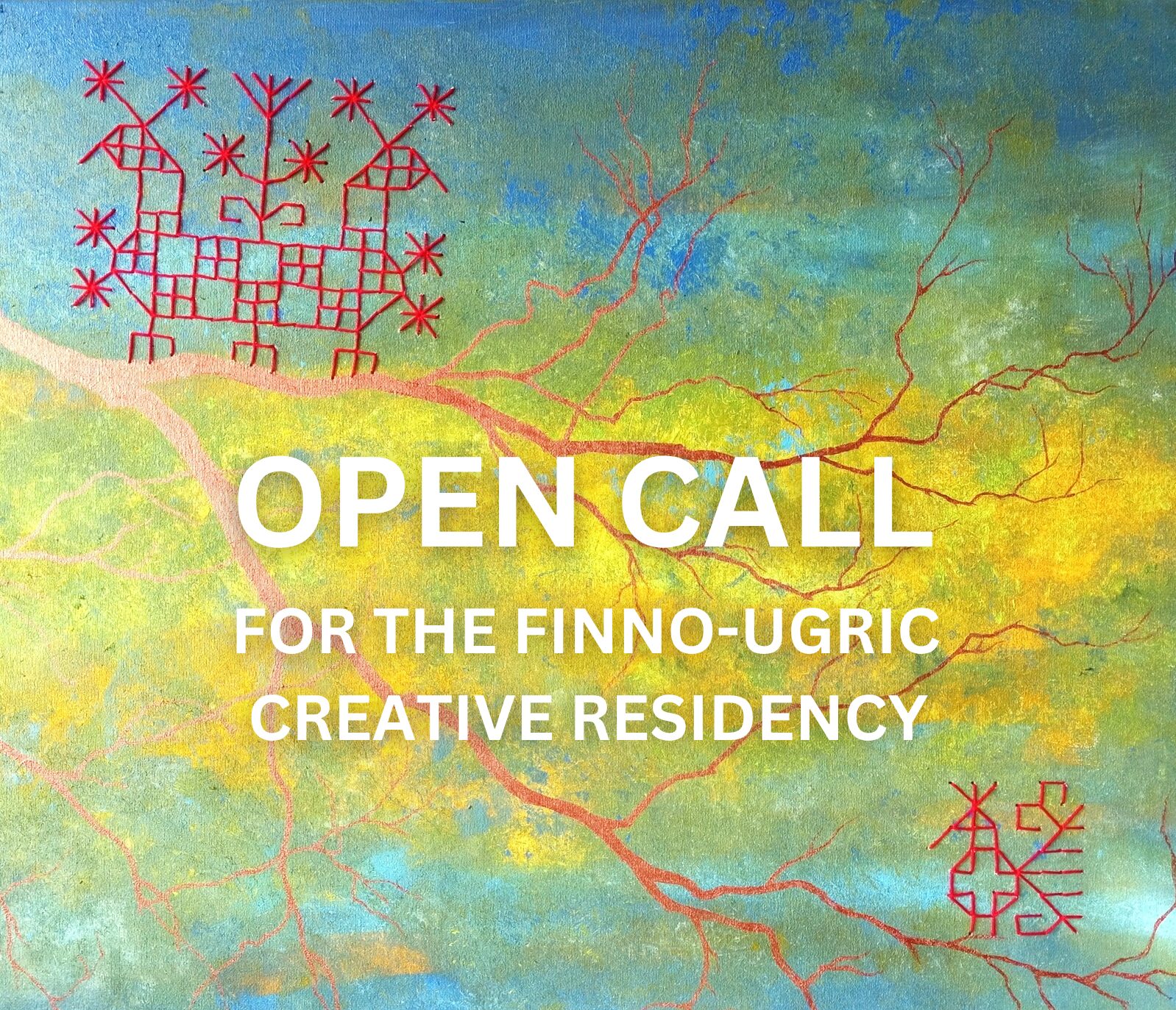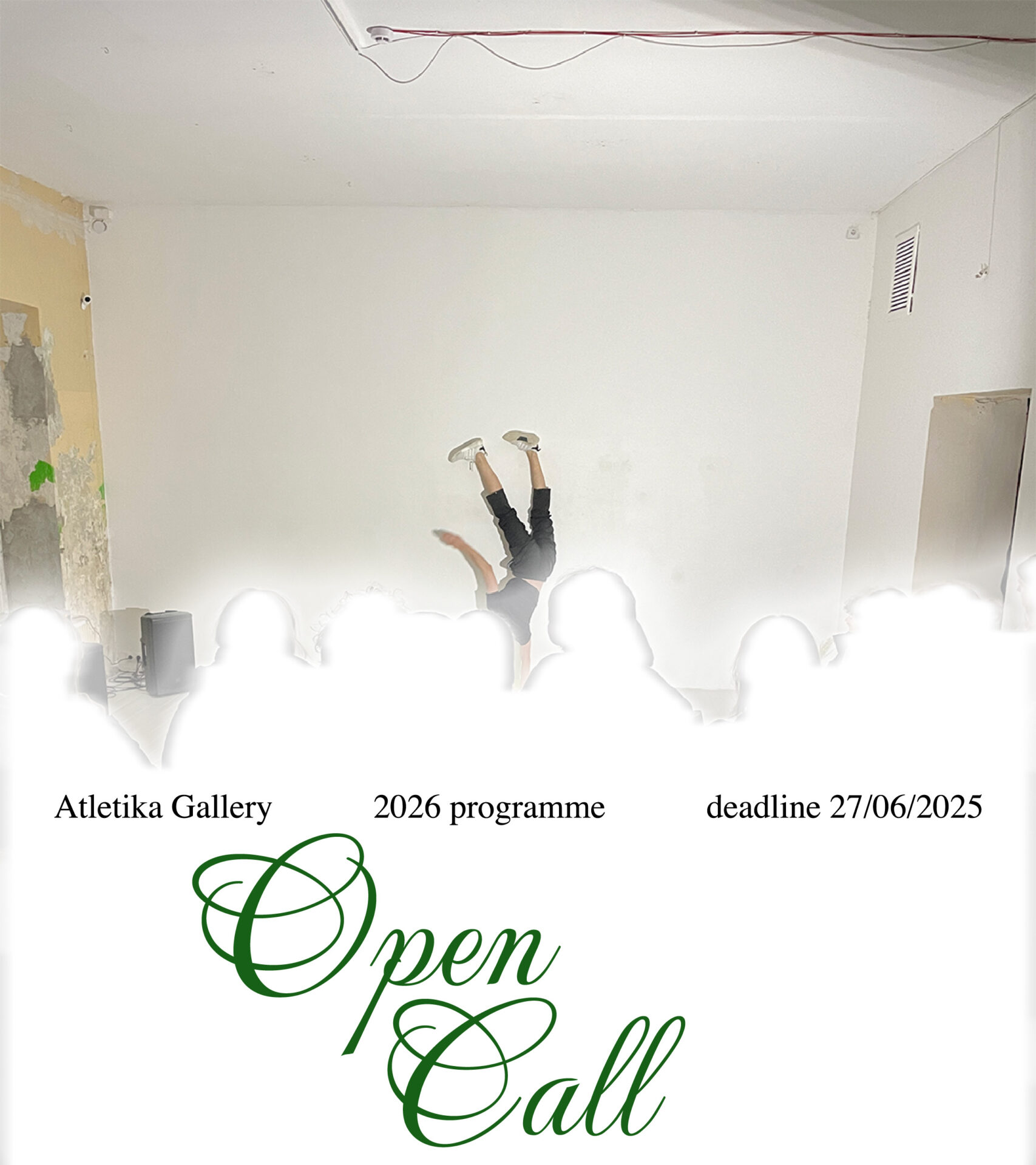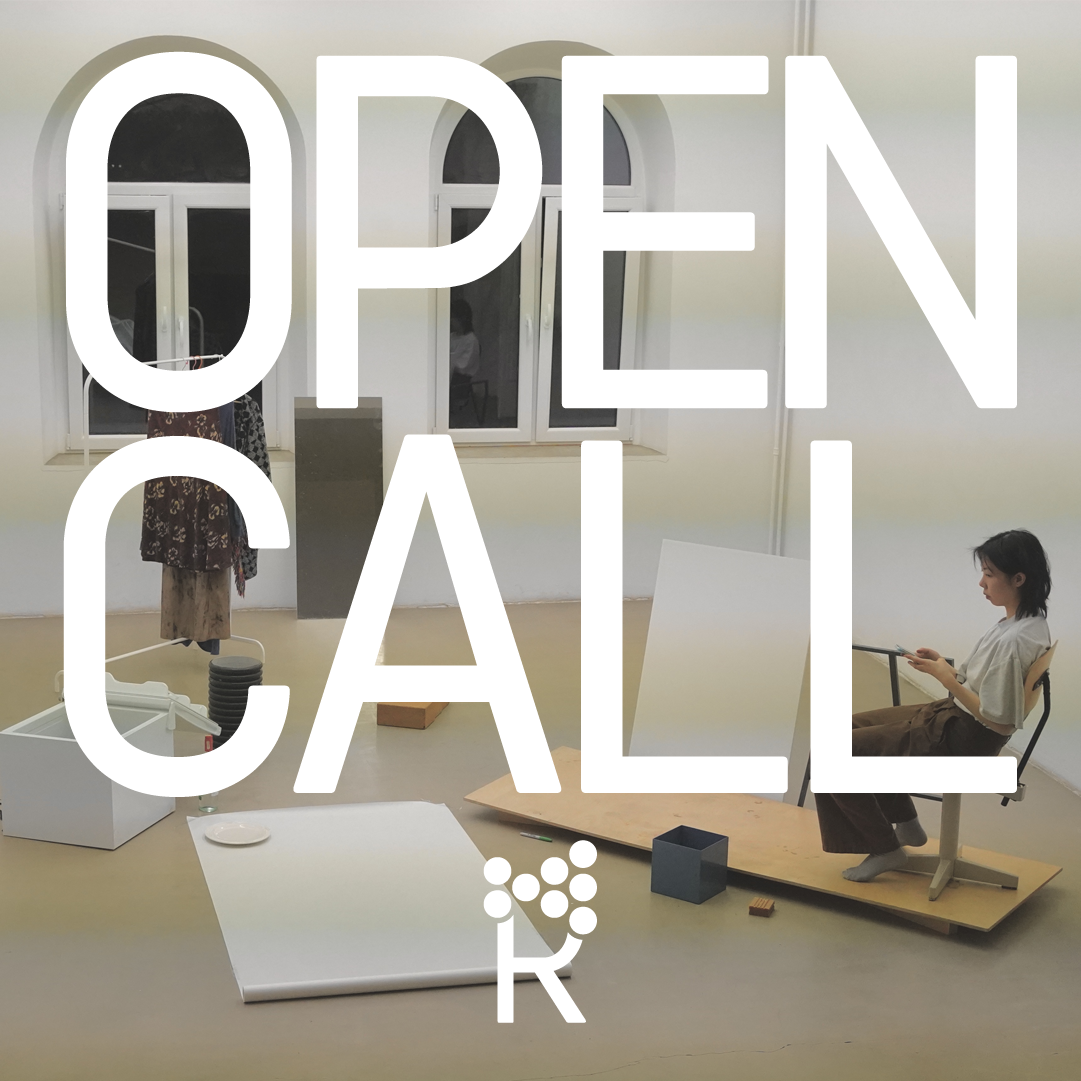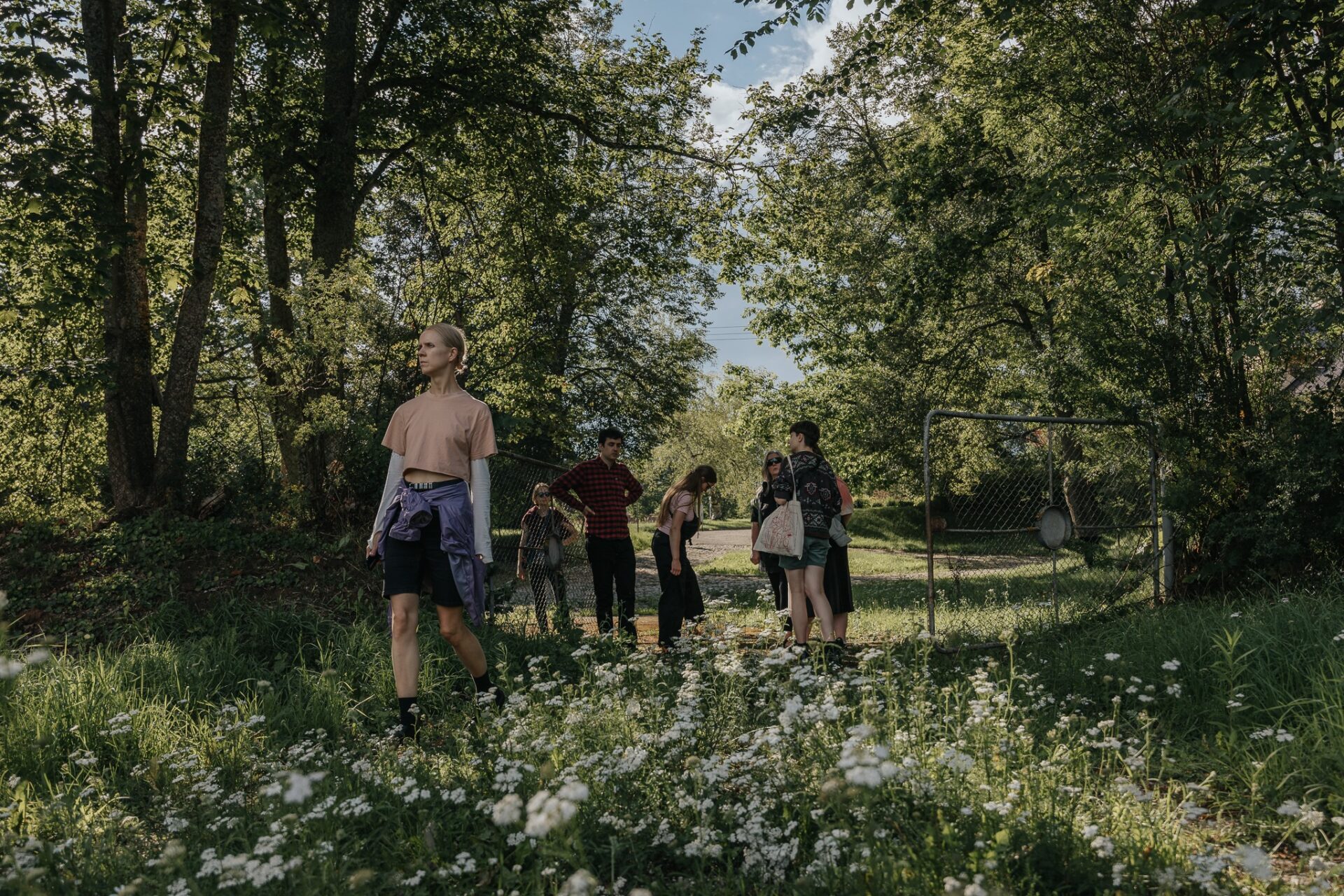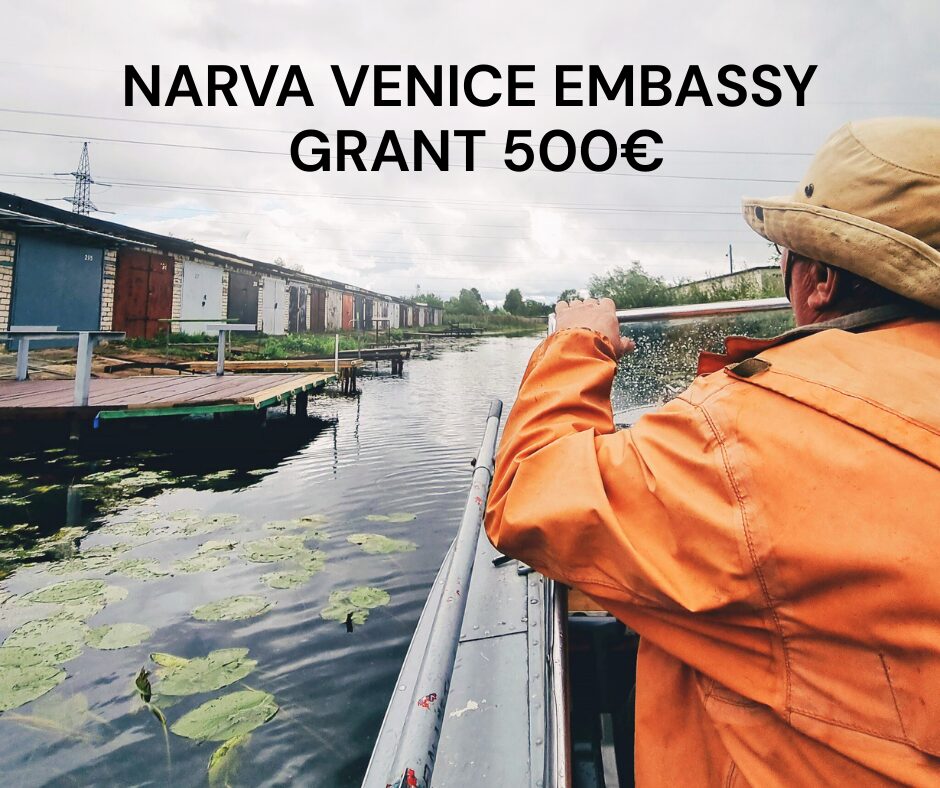A review of the exhibition ‘Daily Play and Bread’ by Karl Joonas Alamaa at the EKA Gallery, 7–30 March 2025
‘To share a memory is to put a body into words.’[1] In their solo exhibition ‘Daily Play and Bread’, Karl Joonas Alamaa explores narratives of having to leave one’s home through metaphors and materials, combining archival elements with personal stories, memory with society, and everyday elements with tools for fighting oppression. These are recurring themes in Alamaa’s practice, who often engages with the notion of the mundane, and explores the potential of everyday phenomena and small actions to create change. A young artist and designer from Estonia, they have a background in fashion and costume design from the Estonian Academy of Arts and the Royal Academy of Fine Arts in Antwerp. This current exhibition, grown out of Alamaa’s MA project, displays a diverse use of textile sculpturing and interactive installation, and gives the visitor an opportunity to delve into Embodied Introspection, to connect with whomever they choose: themselves, previous generations, or the people who have offered their stories for the show.
Two circulating concepts become apparent from the title of the exhibition, one more meaning-laden than the other. Play and bread are derived from the aphorism of the Ancient Roman poet Juvenal, ‘Give them bread and circuses and they will never revolt.’ In one part of the space Alamaa has created a postmodern dramaturgical situation with a gaming table. You can throw a circular wooden dice that gives you a number to correlate with a card of the same number in the drawer of the table. The cards carry different game questions you can answer, dramatise and stage, according to your interpretation and desires, using the building blocks made of wood and dried bread dough: go back to your six-year-old world / who do you miss the most? / visualise situations to which we have grown numb / go back to your grandmother’s living room / take advantage of someone / you can’t go home / step closer, you are welcomed!, etc. The cards allow you to be ‘as personal or general as you like’, affording the visitor the choice of level of intimacy they want to engage in. The structure and gameplay make up the outlines of a psychodrama, a theatrical Spiel, where a person in the play is given a social role which they then have to perform, solving the problem and ridding themselves of trauma. Play is deconstruction, play is hysterical, childish, infantile: a mature person should be afraid of liminal situations, afraid to transcend borders, afraid of play that can pierce the mask of mundanity. But play, in the exhibition space as well as outside it, forces you to take a deeper look, whether the look becomes harder, more scrutinising, or contrarily, gentler, more forgiving. ‘Living is “a situation to be experienced and interacted with” rather than “a problem to be solved”,’ as Clementine Edwards[2] writes.
An energy of life, of stories becoming embodied, courses through the exhibition. The muted tonal scheme, a mélange of wood and ochre, evokes a sense of stillness that should not be confused with lifelessness. Passing through the space feels similar to the experience of hearing music coming from another room or through walls: muffled, pulsating and eerily familiar. There is life moving inside here, but you can’t touch it with your hands, nor can you ontologically name it. Whether through the loaf of bread enclosed in a glass box, going mouldy, decomposing, losing its utilitarian qualities in real time, through the testimonies of the people interviewed by the artist, bound in simple booklets, carefully placed in hard wooden binders like a catalogue of trauma, or through the khaki-coloured ambiguously shaped textile figures that allow you to play with their imagination. They are at once your great-grandparents on the train to Siberia, huddling close to one another, the hard-shelled chrysalis of self-consciousness from which you have to emerge at some point in your life, and the burlap potato sacks stored in your basement over the winter. The seemingly infinite tissue paper curtains hanging all around the shapes feel like archival paper used to interleave photographs in your grandmother’s dusty family albums, filled with faces you don’t really know or remember but which carry your genetic code.
What are these formations, if not bodily archives? Of histories, of labour, of repression and of hope, of those who came before you, as well as your own personal experiences. According to Judith Butler, ‘The body is less an entity and more a living set of relations.’[3] People with transgenerational trauma carry the trauma of their foremothers and forefathers on their bodies, even if they haven’t been the target of explicit assault. There is a search for intergenerational and transnational connection woven through the fabric of the exhibition, with a central notion of hope as a personal act of resistance.
The trauma induced by leaving one’s birthplace due to war, genocide, an oppressive government, political extremism or a general state of heightened precarity, is evident. But the memory of trauma is implanted not just in the stories of these people from places like Palestine, Ukraine, Venezuela and Belarus, but in material objects. Bread as the red string woven through all the interviews becomes, from one person’s testimony to another, a symbol of hope, a source of income, a birthplace heritage, hospitality, hunger, Christ’s flesh, a colonial legacy, a mother’s embrace. The colonnade of personal chronicles leads to a carousel slide projector displaying photographs of bread in its every possible state of being, like the apogee of it all.
The exhibition space becomes an ‘archive of feelings’, as Ann Cvetkovich[4] puts it: by looking at the accumulation of narratives and objects as ‘repositories of feelings and emotions, which are encoded not only in the content of the texts themselves but in the practices that surround their production and reception’, such as the ritual of play, the simultaneously celestial and mundane nature of bread, the shared pain and joys in the stories. Cvetkovich sees sites of trauma particularly as radical spaces of possibility, by possessing the potential to redesign common understandings of what even constitutes an archive, as well as constructing new visions for the future. The lens of trauma allows for an exploration of a kaleidoscopically diverse spectrum of feelings, from love to rage, intimacy, grief, shame, etc, all filtering through the personal memories, hopes and dreams of the people who have been forced to leave their homes.
About a week after I first saw the show, I had a dream about my grandmother over a really long while. When she was young, she fled to Moscow to pursue her medical degree (she could not study in Estonia due to family ties that were dangerously anti-Soviet), living in a train station and using public baths. After successfully getting her education, she went on to become a renowned surgeon in Estonia throughout her life, the twists and turns of which led her, among other things, to meeting my grandfather, who was initially a patient of hers. My grandmother is an essential part of the formation of my identity, and part of a line of strong women in my family that forge a sense of resilience in me.
Alamaa’s exhibition is a tender but firm reminder of elements in life that often become trivialised but should not be divorced from their manifold meanings, such as the bread on your dinner table. Simultaneously, it sketches an interconnectedness between us all, whether intergenerationally or transnationally. ‘No individual experience is beyond context.’2 Being alive requires the recognition that we are all relational beings whose pain does not exist in a vacuum, but rather intersects and coagulates into a potential of unified resistance. The aching creates an archive of things that should never be forgotten, and furthermore, sporadically examined: What or who is hope to you? How will you resist and prevail in the face of it all?
[1] Ahmed, S. (2017). Feminism is Sensational, in Living a Feminist Life.
[2] Edwards, C. (2023). Art and Radical Imagination, in The Climate Justice Code, Casco Art Institute.
[3] Butler, J. (2015). Gender Politics and the Right to Appear, in Notes Towards a Performative Theory of Assembly.
[4] Cvetkovich, A. (2003). An Archive of Feelings: Trauma, Sexuality & Lesbian Public Cultures.

View from the exhibition “Daily Play and Bread”, EKA Gallery, Tallinn, Estonia, 2025. Photo by Ako Allik
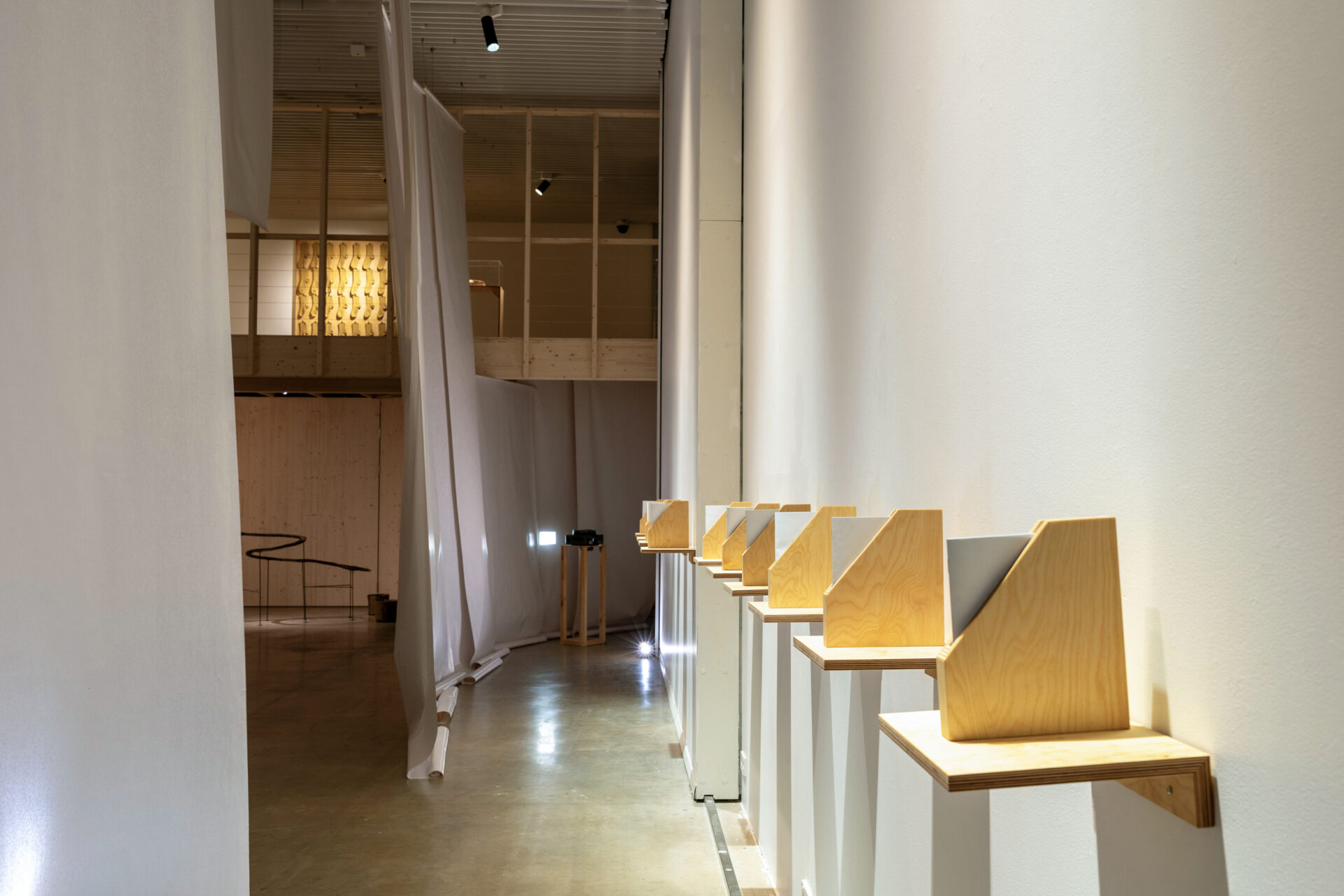
View from the exhibition “Daily Play and Bread”, EKA Gallery, Tallinn, Estonia, 2025. Photo by Ako Allik
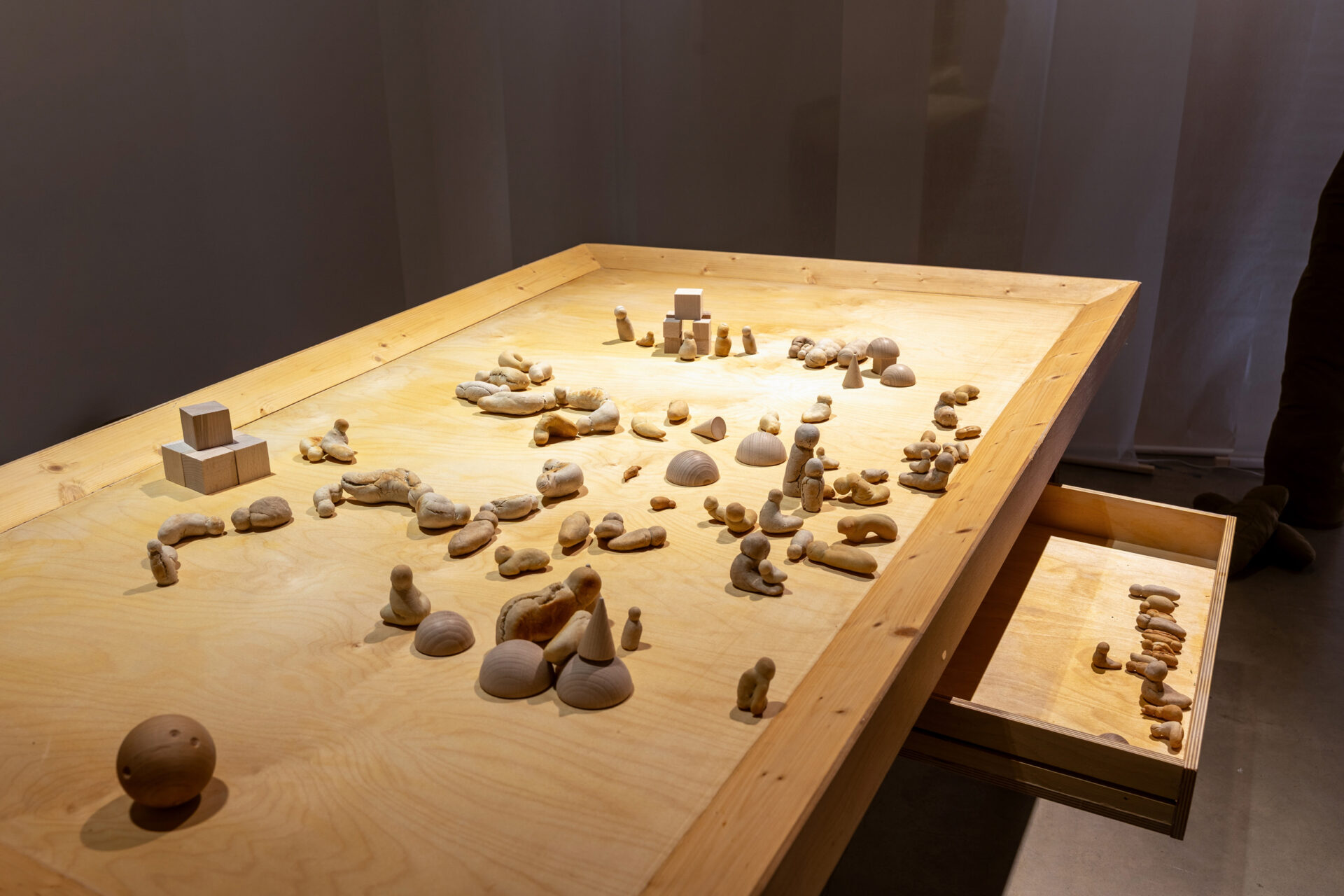
View from the exhibition “Daily Play and Bread”, EKA Gallery, Tallinn, Estonia, 2025. Photo by Ako Allik
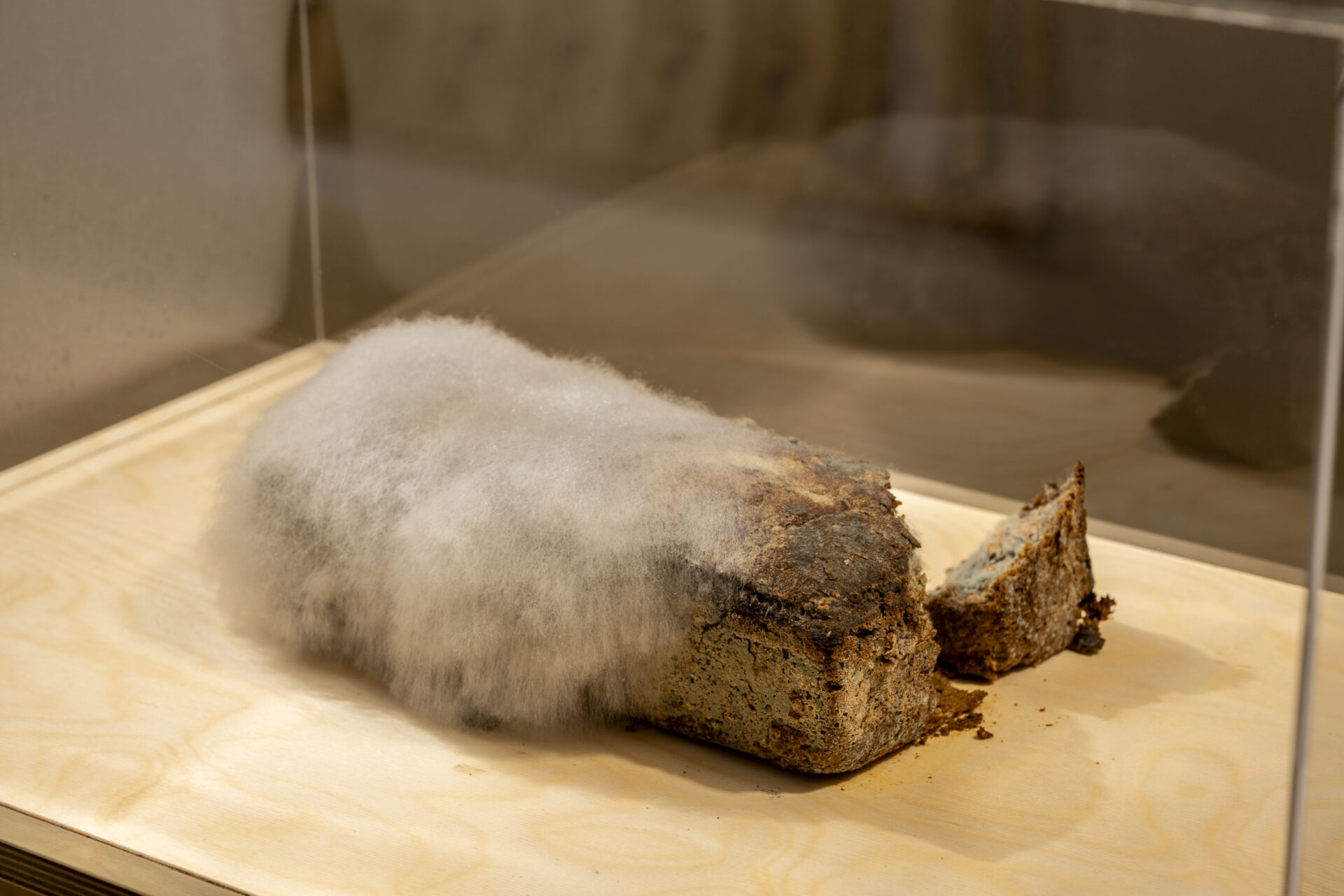
View from the exhibition “Daily Play and Bread”, EKA Gallery, Tallinn, Estonia, 2025. Photo by Ako Allik

View from the exhibition “Daily Play and Bread”, EKA Gallery, Tallinn, Estonia, 2025. Photo by Ako Allik

View from the exhibition “Daily Play and Bread”, EKA Gallery, Tallinn, Estonia, 2025. Photo by Ako Allik
